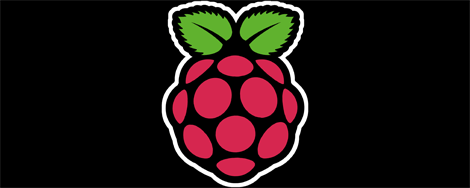[youtube=http://www.youtube.com/watch?v=k6TCysv6AzE&w=580]
For all the interesting DSP functions locked away in the Raspberry Pi, it’s still hard to imagine using the Raspberry Pi as an eminently capable software synthesizer, tracker, or sequencer. Running any of the usual Linux digital audio programs means – surprise – running Linux, and the performance penalty associated with that.
It would be much better if all these audio programs could run directly on the Raspberry Pi without an operating system, and [Joe]’s project is right up that alley. He’s playing MIDI files without an operating system, in effect making the Raspberry Pi a very powerful embedded platform.
[Joe]’s build is the first bare metal audio code for the Raspberry Pi. It’s actually an LV2 plugin host that will load audio plugins, read MIDI files, and shoot the resulting audio out over the 1/8″ jack on the Pi. This work wouldn’t have been possible without a few Raspberry Pi bare metal tutorials put together by [David Welch].
Hopefully this won’t be the last we’ll see of [Joe] and his code; the Raspberry Pi has more than enough horsepower to be an amazing sampler, synth, beat machine, or the next generation of Akai MPC. All we need are a few brave coders to take up coding bare metal on the Raspberry Pi.















